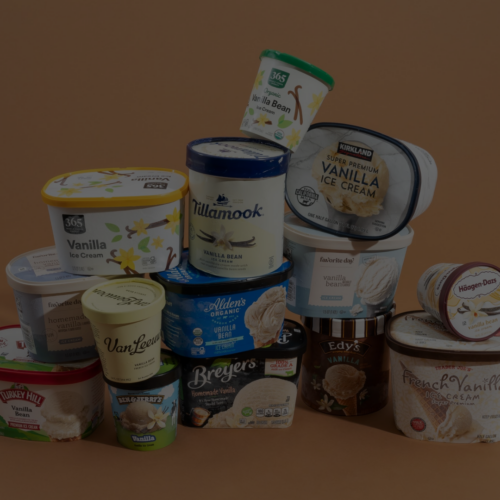26 Aug The Evolution of Influencer Marketing
In summer 2008, I signed onto Blogspot and began writing my story. I wrote almost every day, mostly sharing personal, intimate details of my family life. I wrote for no reason other than the pure joy of a new hobby and was amazed when I discovered blog metrics and learned that thousands of strangers tuned in weekly to hear my unfiltered thoughts. As my readership grew and became more engaged, I attended conferences to learn “blogging best practices” and before I knew it, I landed a writing gig with a large corporation and a spot on an ad network. What served as a hobby against boredom for me became a lucrative asset to companies.
I ghosted my blog in the summer of 2014 after six years of blogging, watching the rise of sponsorship and platform priority. Even though I’ve been in the thick of it, both as an influencer and as a client, I am still amazed at how an individual hobby became a powerful marketing tool for corporations and how the landscape of internet influence has changed over the past decade.
The Early Years
In 2010, a quick Direct Message sent to a large clothing company started a conversation that quickly morphed into a contract agreement. In exchange for clothing, conference sponsorships, and payment, I displayed banner ads and wrote reviews of upcoming products.
This wasn’t unusual – at that time, most sponsorships occurred privately between the blogger and corporations. The relationship was built on personal email exchanges between bloggers and marketers that were just dipping toes into the social landscape. Content was created and optimized in long form as blogs were the main platform, followed only by Facebook and the occasional Tweet for promotion. There were very few FTC regulations or rules about contests on Facebook. The entire approach to influencer marketing was very grassroots and organic, but rich with selective, authentic content.
The Rise of the Network
By 2009, there were several large ad networks for bloggers – BlogHer, Federated Media, Google Ads, BlogAds (just to name a few). These networks often acted as third party mediators, setting both pricing and content which streamlined the process & granted companies easier access to influencers. Large networks of various niche bloggers created a way for companies to short-order content with little effort. These massive collections of influencers allowed companies to be selective on who produced content in their name – number of followers, target demographic, type of platform and promotion.
By now, marketing departments were no longer dipping toes, they were full-on pants-rolled-up wading. Bloggers were supplied with tracked links, “no follow” code requests for SEO optimization, and required keywords. As a result, the FTC updated their 2009 Testimonials & Endorsements Report in 2013, requiring .com’s to disclose endorsements, sponsorships, and other payments.
The Great Debate: Quantity vs Quality
In the golden age of the ad network, a great question arose – did the quality of content or size of community matter more for influencer programs? Influencers with engaging content and active communities had learned the value of their influence and blogger fees reflected that knowledge.
Companies were left asking if it better to spend $100 for 1,000 less influential bloggers or $1,000 for 100 solid bloggers. There’s no concreate answer and companies must look at their budgets and campaign KPIs to determine to determine the perfect fit.
However, our Carusele team believes it’s a balance – we hire content creators that develop beautiful, engaging content that readers want to see. Then we use influencers with large, engaged networks to “spin” the content into syndication. Our approach of quality + quantity gives clients the best of both worlds.
Lessons in Evolution
While we can never go back in time – the FTC definitely won’t let us – we can take valuable lessons from each point in time as content marketing grows.
The early years taught us the beauty in authenticity, in finding the perfect influencer to spread your branded message. Find an influencer that serves to your target demographic while speaking cohesively with your brand voice. Networks taught us the importance of engagement, tracking, and compliance to build a solid foundation for programs. And finally, dig deep into goals to answer the extremely brand-personal question of quantity versus quality to find the perfect influencer balance.







